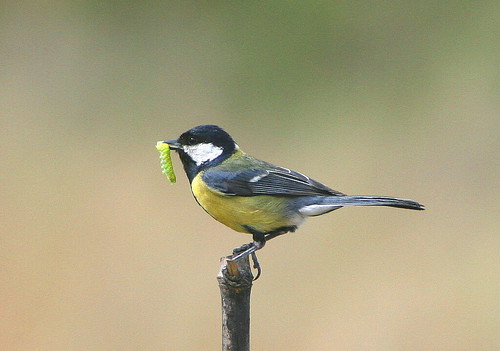By Grace Veenstra
This article covers the 2020 study by Ulaski, Finkle and Westley on the direction and magnitude of natural selection of body size among age-classes of seaward-migrating sockeye salmon.
“Bigger Isn’t Always Better”
The idea that “bigger is better” is a prevalent one in biology. Body size has a significant impact on fitness, the ability of organisms to survive and reproduce, across all branches of life. In wolves, a larger body size gives them greater success in grappling and subduing large prey like moose or elk (MacNulty et al., 2009). In dall sheep, a larger body size gives males a reproductive advantage when they compete for the right to mate, and since adult sheep may lose up to 16% of their body mass during winter, those with a higher body mass are more likely to survive (U.S. National Park Service, 2020). However, “bigger” is not always a “better” lifestyle method for some animals, and can be actively harmful to their chances of survival.
Insects and arthropods are limited in their body size because they breathe by soaking in oxygen like a sponge. If they are too large, they cannot absorb sufficient oxygen and die of hypoxia. It was only during the Paleozoic, when oxygen concentrations reached as high as 35% during the Carboniferous period, that insects were capable of gigantism, with some dragonflies as large as seagulls (Harrison et al., 2010). Furthermore, it is costly to support a large body mass: the larger the body, the greater the energy requirements and the more food is required to sustain the animal. There are also factors of predation, where a larger body size may reduce agility, increase detection by predators, or increase costs to reproduction (Blanckenhorn, 2000). In essence, how natural selection acts on size is complex. Understanding how size correlates with survival is important, particularly when we are examining the salmon populations of Alaska.
Continue reading “Sizing up Salmon”
